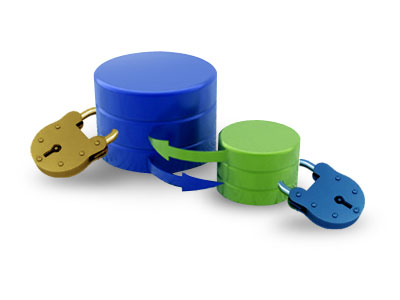


Applications can be mapped to AppDomains and access can be custom defined for a specific group of applications.
SSM provides speed, performance and low maintenance while DSFM offers high flexibility and limited search capabilities. A true, complex enterprise App may need to engage some of the mighty features offered by FSM.
For certain custom implementations, Secure First also enables Client Accounts for cloud-based or multi-tenant implementations. Client accounts and data are logically isolated. Secure First also allows the definition of Installations, which help coexistence and multiple implementations.
Secure First also provides logging of information, usage tracking and usage limiting features.
Complex data security models such as Data Zoning and Data Segmentation can also be engaged in this model.
Every data element can be organized and stored into predefined data domains or data segments. A user can be given access to only selected domains or segments. By strategically defining the data domain and data segments, organizations can achieve a highly flexible security model. For example, a data domain could be defined in fine alignment with your Line of Businesses and data segment can be defined also based on regions.
